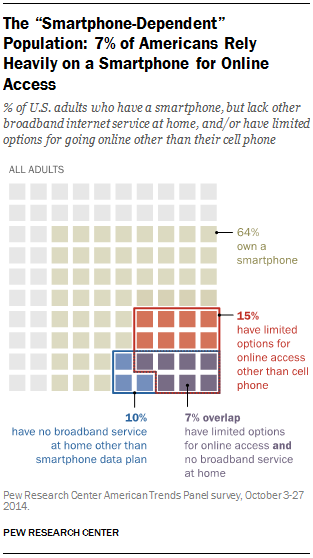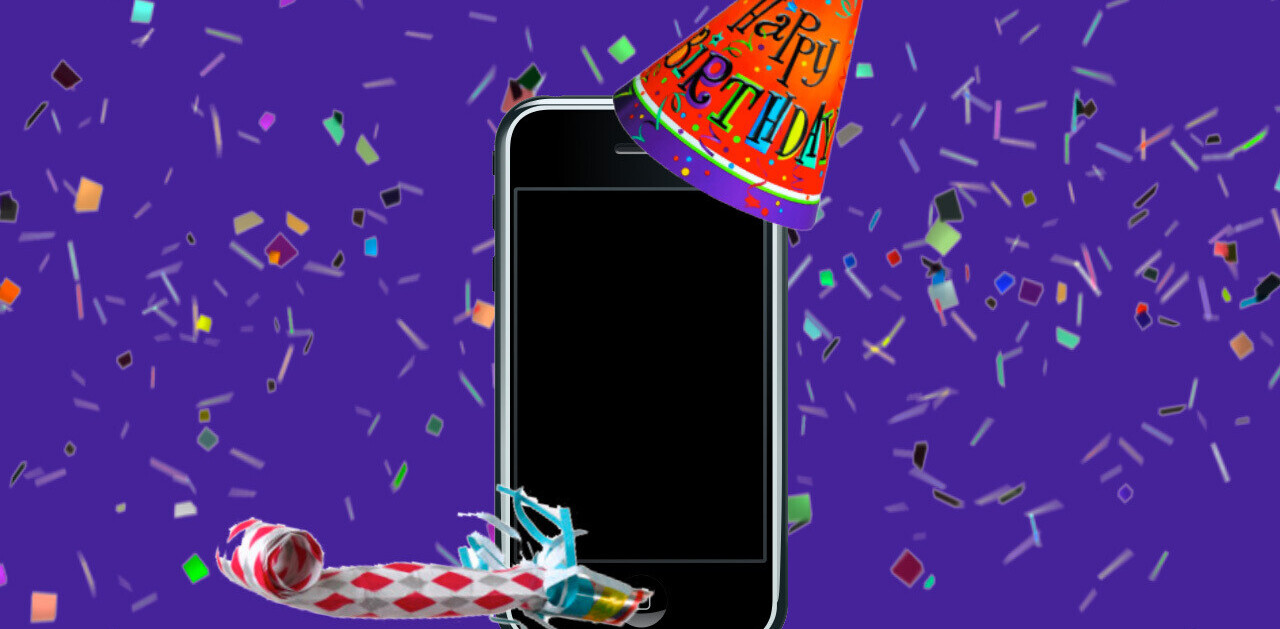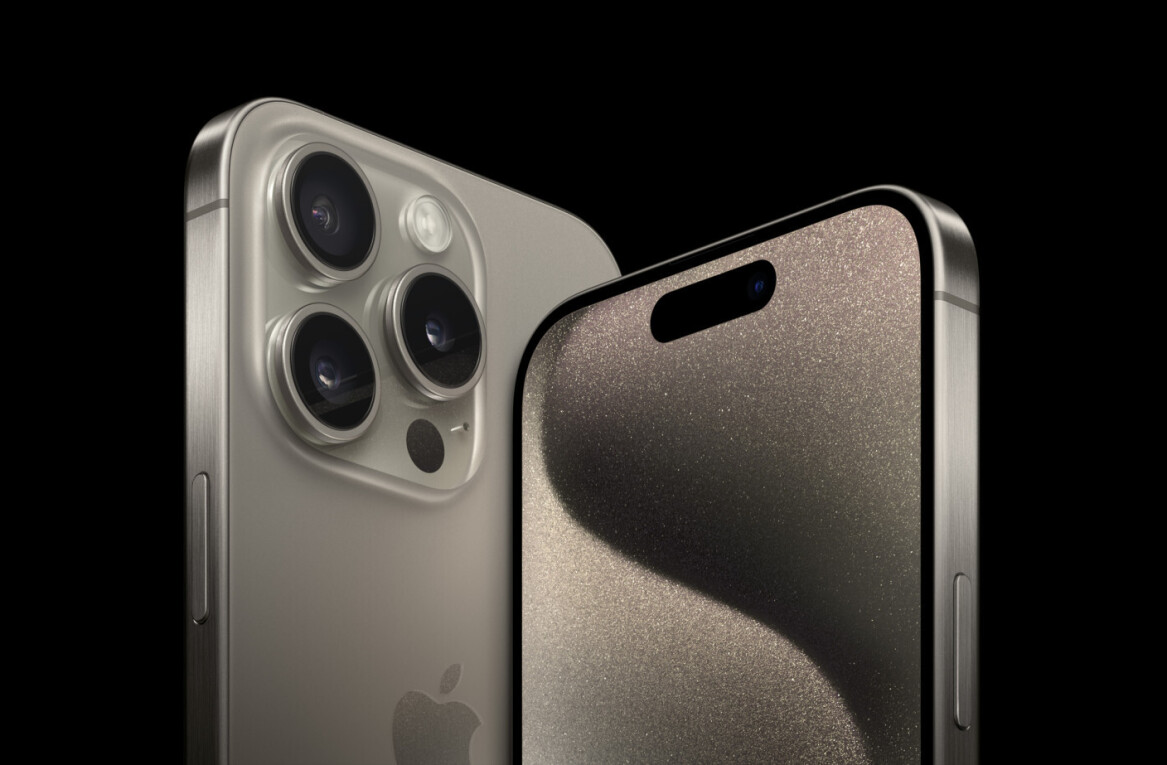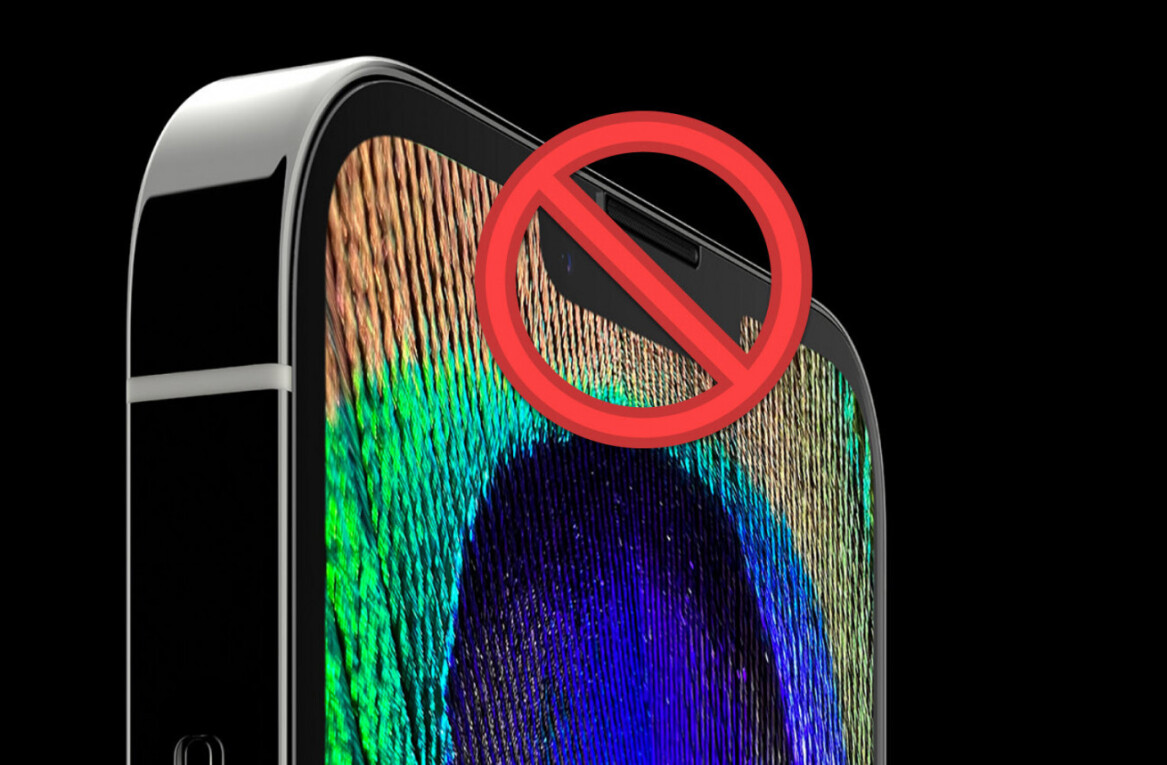![When Congressmen blame the iPhone for unaffordable healthcare we all lose [Updated]](https://img-cdn.tnwcdn.com/image?fit=1280%2C720&url=https%3A%2F%2Fcdn0.tnwcdn.com%2Fwp-content%2Fblogs.dir%2F1%2Ffiles%2F2017%2F03%2FScreen-Shot-2017-03-07-at-10.44.14-AM.png&signature=d81b8196f62df396a49bfcd48a24cf9c)
A Republican lawmaker today just defended the planned repeal of Obama’s Affordable Care Act (ACA) by calling the nation’s poor idiots, just not quite in those words. Instead, Rep. Jason Chaffetz, took to CNN to defend the ACA replacement and uttered the following verbal garbage (emphasis ours):
Americans have choices and they’ve got to make a choice. And so maybe rather than getting that new iPhone that they just love and they want to go spend hundreds of dollars on that, maybe they should invest it in their own health care. They’ve got to make those decisions themselves.
I don’t know where to begin.
Luxury?
 Smartphones are no longer a luxury item. For roughly 30 million Americans — about the same number that are uninsured, surprise! — smartphone data plans are the only access to internet they have. Others might be fortunate enough to have a local library with cheap (or free) internet access, and according to the Gates Foundation, some 77 million Americans use it regularly. Nearly half of these people are living below the poverty line.
Smartphones are no longer a luxury item. For roughly 30 million Americans — about the same number that are uninsured, surprise! — smartphone data plans are the only access to internet they have. Others might be fortunate enough to have a local library with cheap (or free) internet access, and according to the Gates Foundation, some 77 million Americans use it regularly. Nearly half of these people are living below the poverty line.
If you can make a strong argument that the internet isn’t necessary to finding a job, housing, or cheap household necessities (furniture, appliances, etc.), you’ve completely lost touch with the world around you.
With the cheapest smartphone plans starting at around $35 (or less if you’re a light user on a pre-paid plan), the smartphone is actually the smart buy when compared to a home broadband connection and phone line. For my family of three, our plan from T-Mobile runs around $115 a month, while the cheapest broadband package from our ISP (with included VOIP phone line) is $80. That $35 dollars saved each month isn’t paying for healthcare.
It also isn’t giving us instant access to a phone for emergency situations outside the house, the ability to search for jobs on a bus, or communicate with potential employers once we’ve applied.
And don’t get me started on what’s going to happen in a few years when smartphone payments are the new debit card.
The iPhone debate
Singling out the iPhone was at best speculation, and at worst a complete separation from truth. Apple, to my knowledge, doesn’t take demographic data for who buys the iPhone. I can’t remember ever being asked at the Apple Store which income bracket I fell into. So, it seems we’re speculating here.
I could do the same, but I don’t need to.
A 2013 Pew survey found that around 13-percent of those a sub $30,000 income used an iPhone. It’s an older survey, so let’s assume that’s near 20-percent now. You’d also have to figure in all the teens, and college students into the number — those who are poor on paper, but by no means impoverished. There’s another Pew report from 2015 stating that nearly one in four smartphone owners have had to cancel or suspend their service due to financial constraints.
The poor obviously aren’t choosing smartphones over necessities with any regularity.
A more plausible scenario is that impoverished smartphone users are taking advantage of free (or cheap) upgrades offered by their mobile carrier. A last-gen iPhone for $99 isn’t out of the question, nor is a free Android handset when signing up for a new plan. Both of these seem far more likely, and that’s not even considering second-hand purchases, and hand-me-downs.
It’s doubtful, at best, that truly impoverished people are foregoing basic human needs like food, to buy an $800 iPhone. That said, I’m not one to generalize, and I realize there are some supremely irresponsible adults out there that are doing just that. But arguing that this is the norm, rather than the exception, is just irresponsible. It’s the new-age food stamp argument, and one that’s all-too-easy to blow apart.
You can do better, Republicans.
The true cost of not dying
The cheapest health care plan — and I struggle to call it that — on the California’s ACA website (Covered California) is $497. Mind you, this is a two-star rated plan (there were no one-star plans) out of a possible five, and it’s essentially catastrophic care and generic prescription coverage. The deductible is enough to bankrupt anyone living below the poverty line, and it doesn’t cover most preventative care.

Tell me again how the $35 a month I’m saving by not putting my family on a smartphone plan makes a dent in this? The smartphone plan savings over a traditional landline and home internet amounts to all of a month’s insurance. Or, I supposed we could forego a phone (not a necessity, right?) and internet altogether and save $960 a year — which covers about two months of insurance instead.
I like numbers, so oblige me on this one. If I purchased an iPhone for all three of us each year, the bill — with the data plan — would run $3,330. My insurance? $5,964.
Okay, now we’re getting somewhere. If I were indeed poor, and purchasing expensive smartphones — an occurrence Chaffetz seems to believe happens with some regularity — that’s obviously a terrible financial decision. After all, my worst-case-scenario smartphone spending habits cost me about half my annual insurance premium.
But, Jason Chaffetz, where do I get the other half?
Update: Chaffetz later walked back the statement, but only in part. “What we’re trying to say — and maybe I didn’t say it as smoothly as I possibly could — but people need to make a conscious choice and I believe in self-reliance.”
Self-reliance is a tired argument. US citizens haven’t been self-reliant since the westward expansion. But maybe we should return to the days where the average life expectancy hovered around 40, giving birth was a 50/50 proposition for the mother, and one out of three infants died within their first year. That self-reliant enough for you, Chaffetz?
Get the TNW newsletter
Get the most important tech news in your inbox each week.





